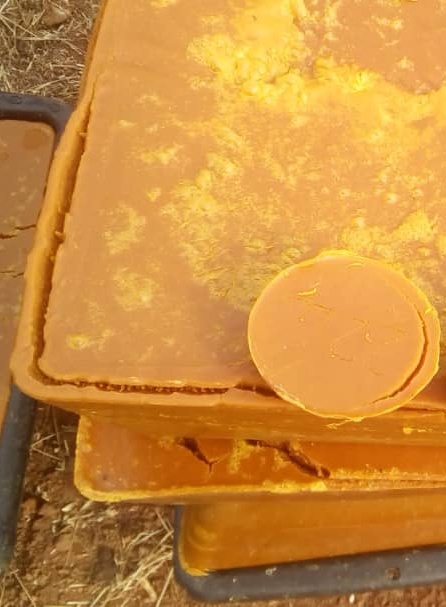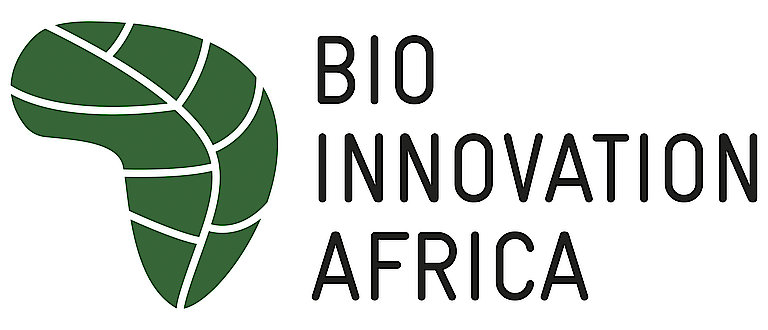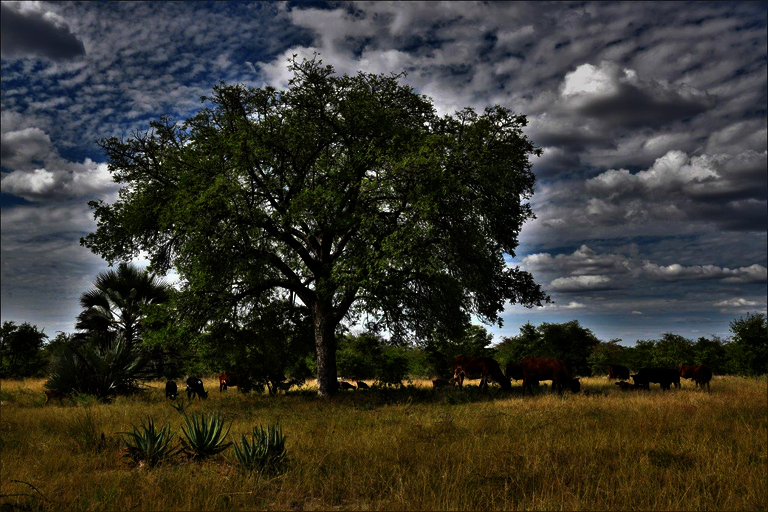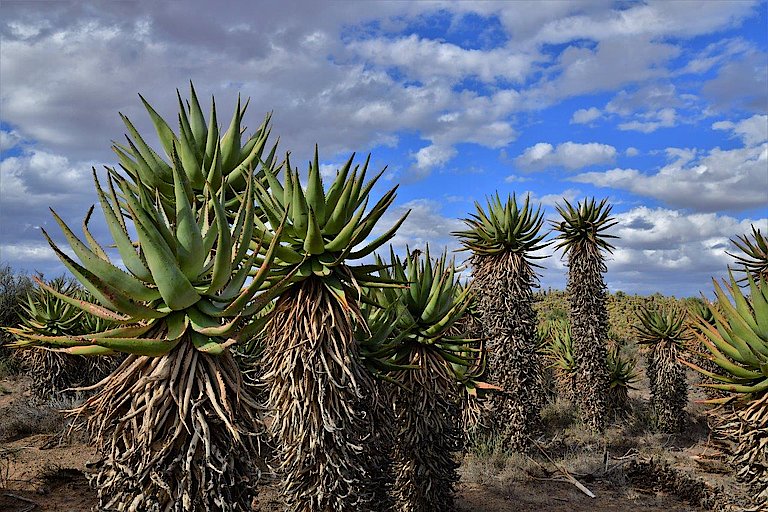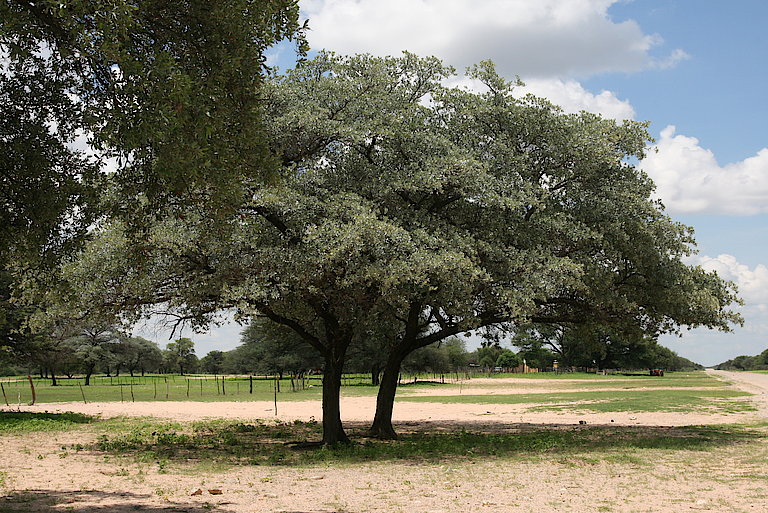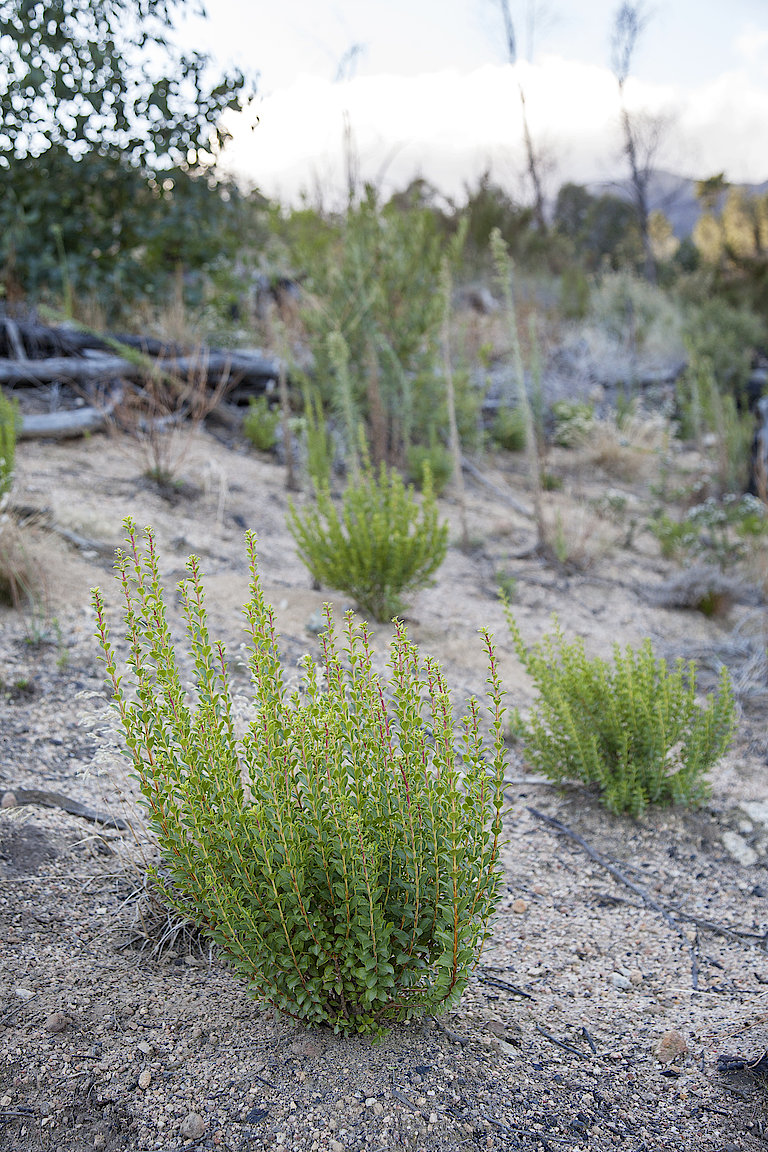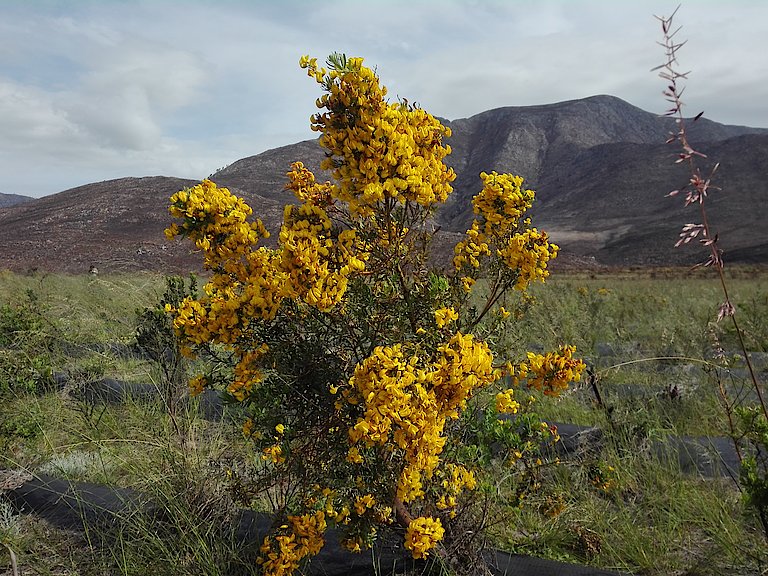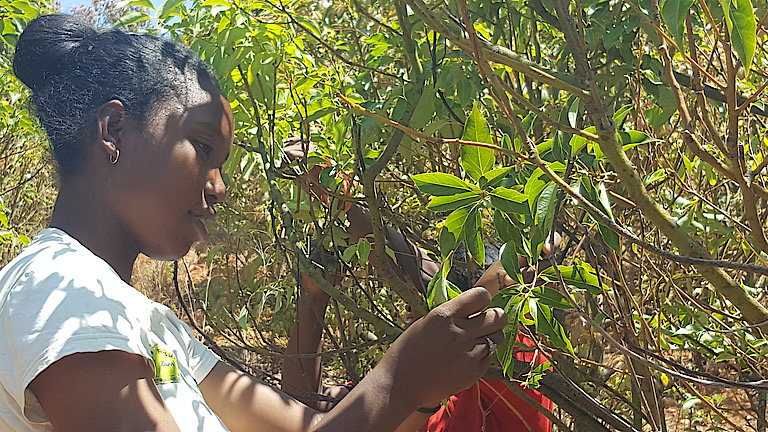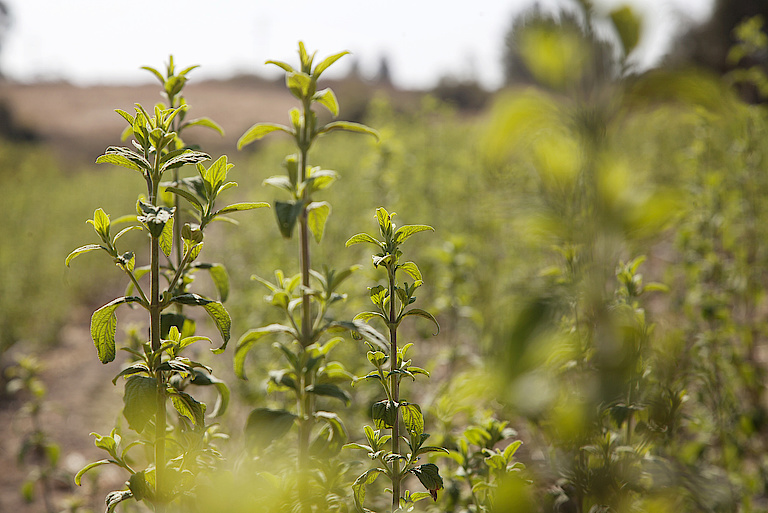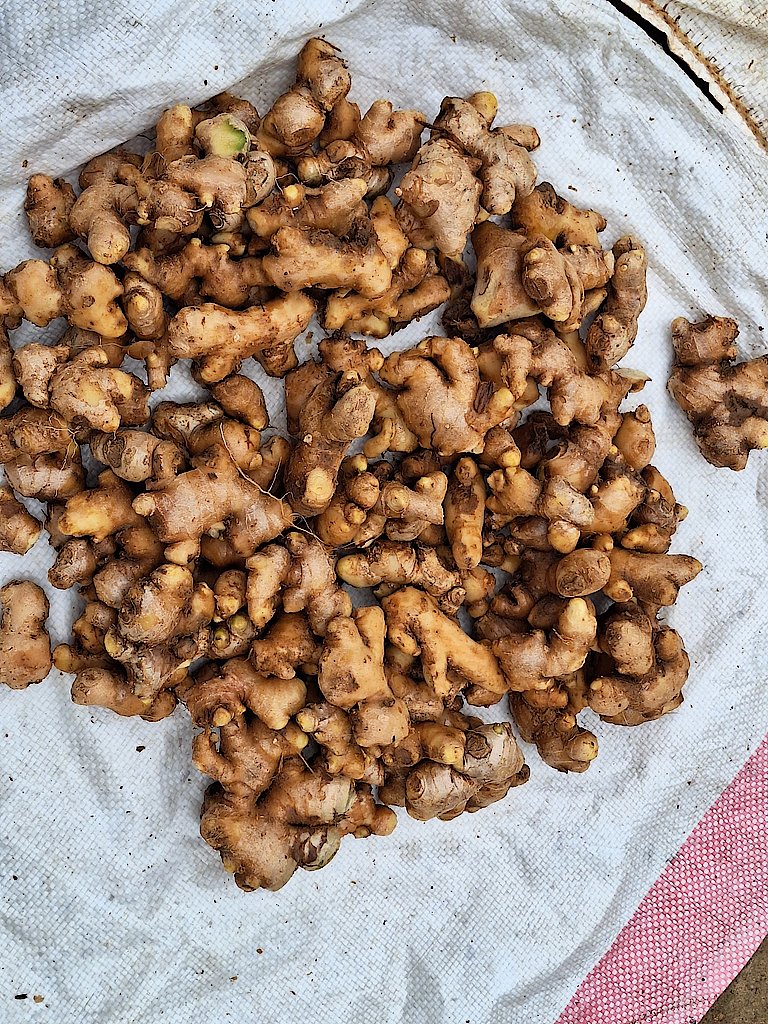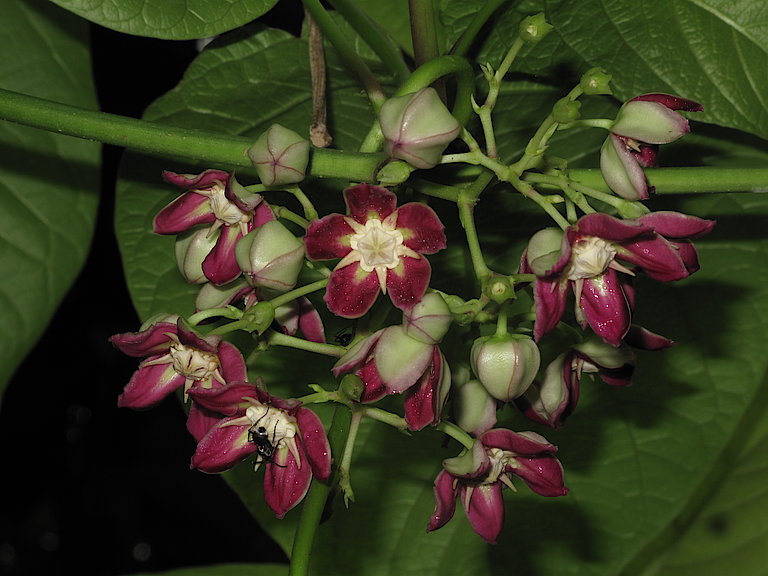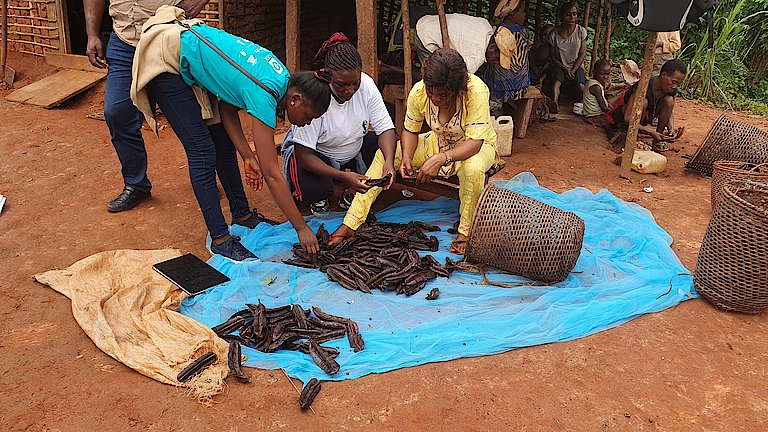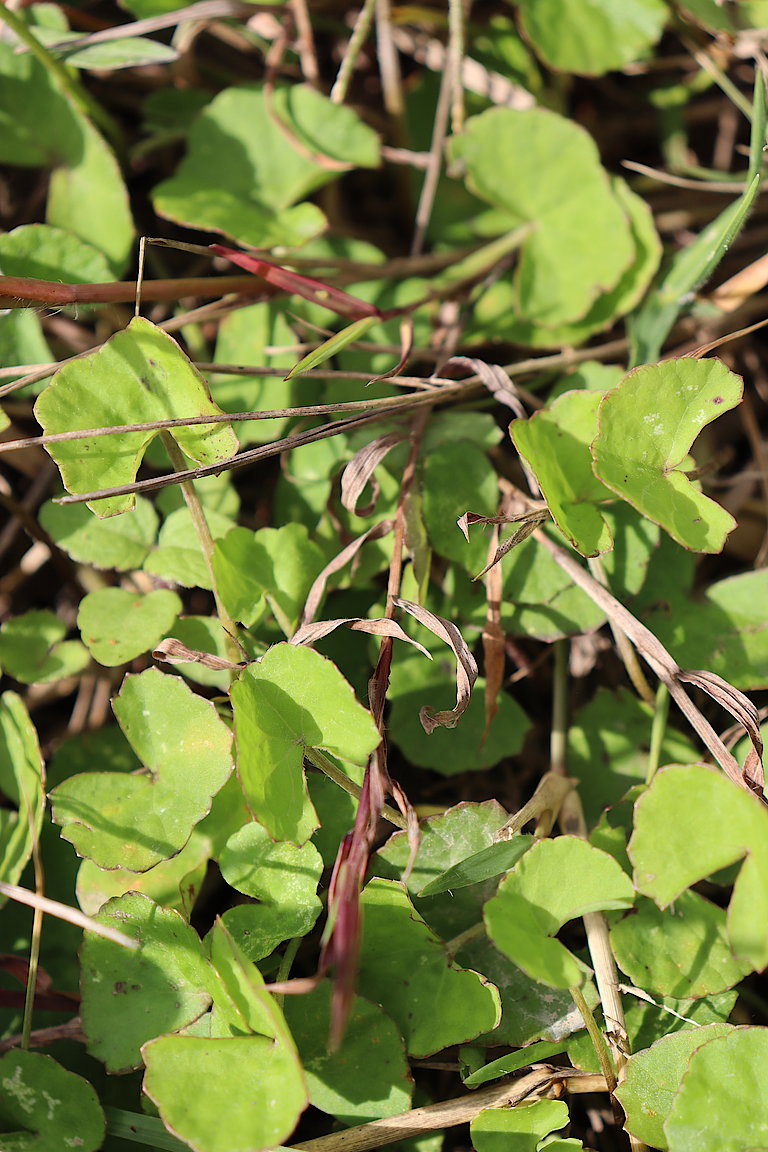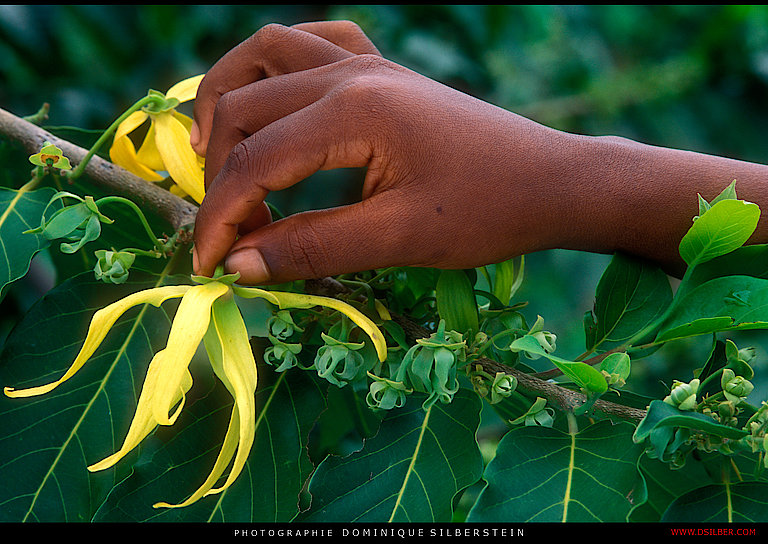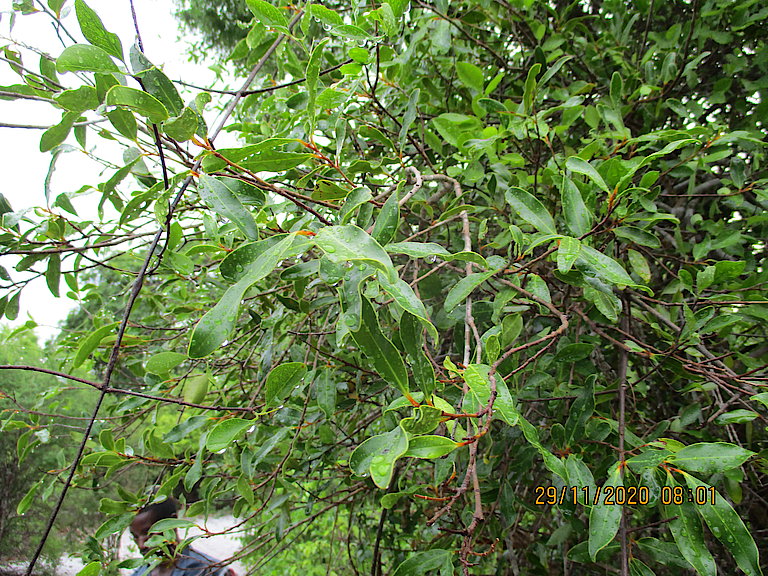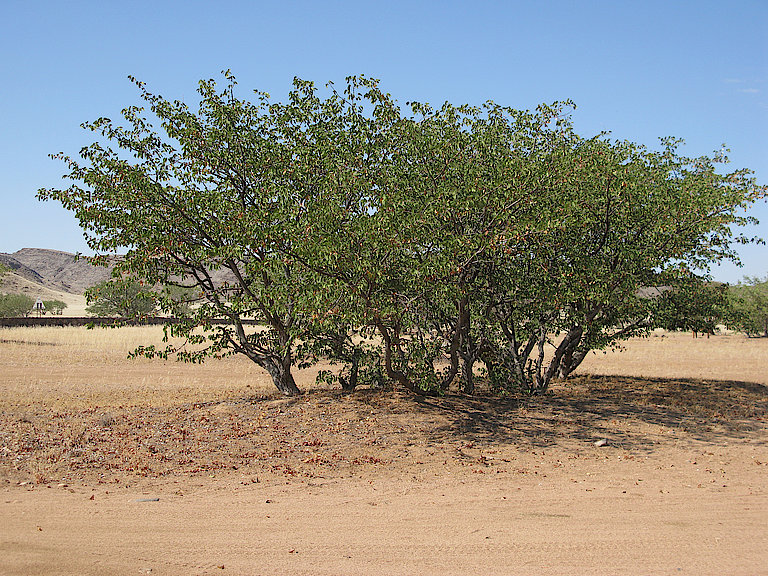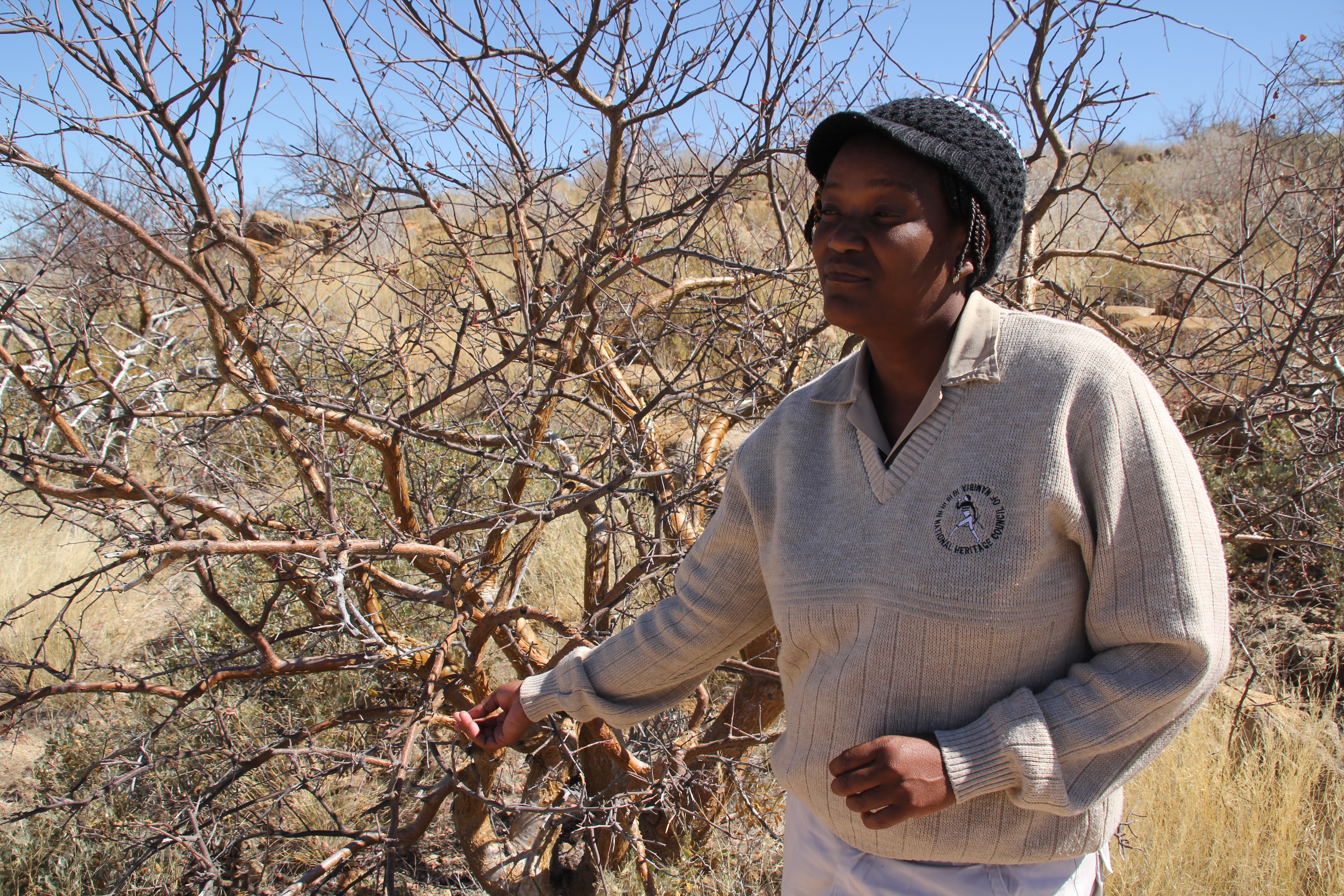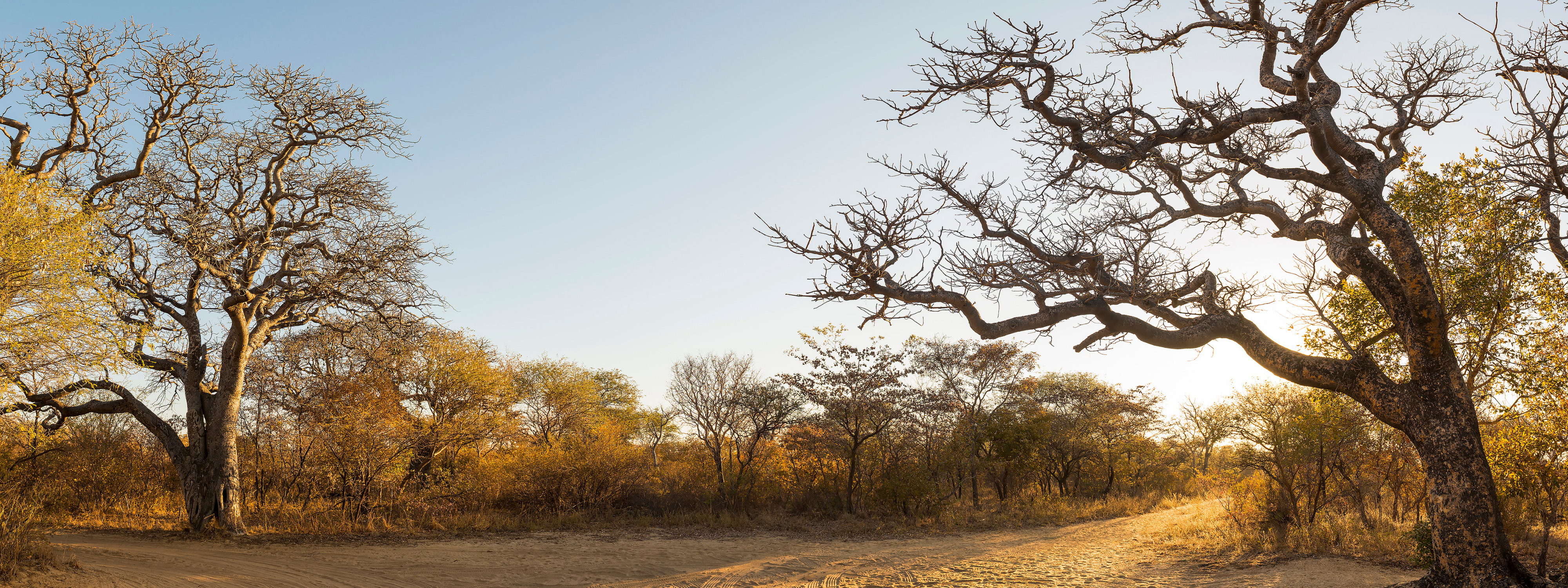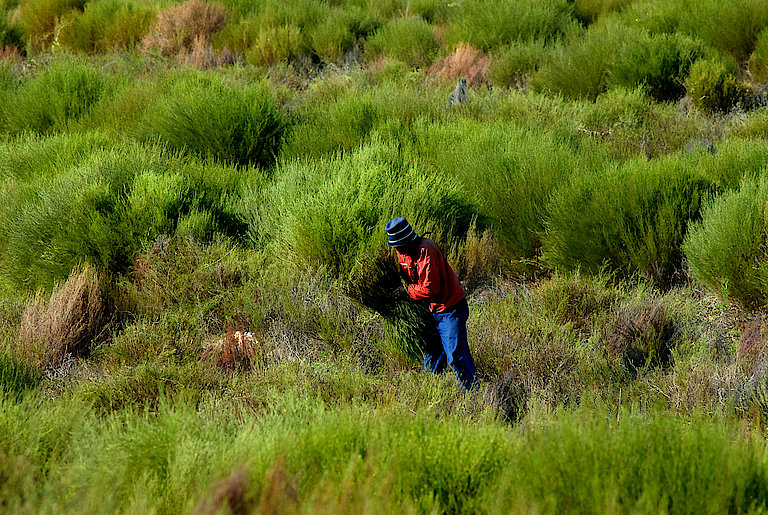About Beeswax
Africa has an advantage in the production of organic beeswax in that no veterinary medicines are used in beekeeping. The bee forage is largely wild forest vegetation with purely organic system of farming. Nonetheless, beeswax can be exposed to human sources of contamination, especially during processing. It is only the worker bees among the honey bees that produce wax. Wax serves the bees as a building material: the cement of the hive, so to speak. They use it to build the combs. The combs are used to raise larvae or as a storehouse for honey and pollen.
The beekeepers need to extract the beeswax from the honeycombs. For this purpose, they are melted down which can be done using different methods (traditionally by boiling the wax in water, via solar energy using a solar melter, extraction with steam etc.). After extraction, the beeswax is not yet pure and must therefore be cleaned. To do this, the raw beeswax is placed in a water bath at 75-80° C. Due to the different density of water and wax, the beeswax rises to the top and the dirt particles sink to the bottom. Another option for purification would be classical filtration.
Usage of beeswax
Beeswax is an important raw ingredient for various household products. The largest consumer of beeswax is the cosmetic and pharmaceutical industry, where it is a component of creams, ointments, pastes, lotions and lipsticks. Thus, beeswax is used in large quantities for the manufactoring of candles.
